
LED Grow Lights for Sustainable Indoor Gardening: Techniques, Benefits, and Future Trends
- Home
- LED Grow Lights for Sustainable Indoor Gardening: Techniques, Benefits, and Future Trends
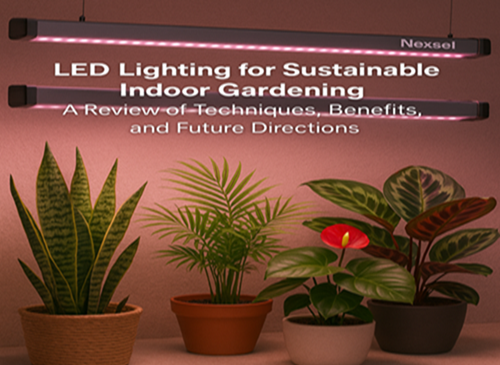
LED Grow Lights for Sustainable Indoor Gardening: Techniques, Benefits, and Future Trends

Abstract:
Indoor gardening is becoming popular as a sustainable way to grow food in cities and all year round. LED grow lights are the key technology driving this trend, thanks to their energy efficiency, adjustable spectrum, and long life. This article reviews the role of LED grow lights in indoor gardening, focusing on how they affect plant growth, the benefits they offer, and future developments. Research shows that red and blue LED light is best for photosynthesis, flowering, and plant size. With smart controls and hydroponics, LED grow lights can boost yields, making them ideal for homes and commercial vertical farms. This review shares the latest advancements and future possibilities for LED grow lighting in urban agriculture and food security.
Introduction
Urban areas are growing fast, making traditional farming difficult due to less land and higher costs. Indoor gardening is now a great solution for growing fresh food in cities, both at home and on a larger scale.
Grow lights are essential in indoor gardening because they replace sunlight and support healthy plant growth. LED grow lights are now the best choice over old lights (like HPS or fluorescent) because they use less power, produce less heat, and let you adjust the light spectrum for different plant needs.
This article will explain how LED grow lights work in indoor gardening, how different colors of light affect plants, and what the future looks like for this green technology.
1. Evolution of Indoor Gardening
Indoor gardening started with simple houseplants and has now moved to growing vegetables, herbs, and even fruits indoors. In the past, gardeners used sunlight or traditional lights, but now, LED grow lights have changed everything with better efficiency and performance.
2. LED Grow Light Technology Explained
LEDs (Light Emitting Diodes) are small lights that use very little electricity to produce specific colors of light. Main benefits of LED grow lights include:
• Custom light spectrum: You can choose red, blue, or full-spectrum LEDs to match plant needs.
• High energy efficiency: Lower electricity bills and more light per watt.
• Less heat: Plants stay safe, and air conditioning costs go down.
• Long lifespan: LED grow lights can last over 50,000 hours.
3. How LED Grow Light Spectrum Affects Plant Growth
Plants use mostly blue (400–500 nm) and red (600–700 nm) light. Blue light helps plants grow strong leaves and stems, while red light is needed for flowers and fruit. Some green and far-red light is also important for full development.
Key findings:
• Red and blue LED combinations improve growth in lettuce and leafy greens.
• Full-spectrum LED grow lights give balanced growth and better nutrition.
• Dynamic or pulsed LED lighting saves energy and improves plant performance.
4. LED Grow Lights vs. Traditional Lights
LED grow lights are much better than old systems like HPS or fluorescent:
• More efficient: More light for less power.
• Easier to control: You can adjust the spectrum and intensity.
• Longer life: Less frequent replacement.•
• Cooler: Less heat, so less risk for plants.
Methods for Indoor Gardening with LED Grow Lights
To get the best results with LED grow lights, consider:
• Light spectrum: Which color LEDs are used
• Intensity: How bright the lights are (measured as PPFD)
• Photoperiod: How many hours lights are on each day
• Crop-specific needs: Each plant type is different
Top sources: Frontiers in Plant Science, Horticulture Research, Acta Horticulture
Results and Discussion
Spectrum Optimization
Most vegetables grow best under a red:blue ratio of 3:1 to 5:1.
• Lettuce: Grows well with 80% red, 20% blue
• Basil: More blue light increases aroma and oil
• Tomato: Needs some far-red and UV-A for best flowering
Plant Growth and Biomass
LED grow lights can help plants grow taller, make bigger leaves, and improve roots. In most cases, yields are higher than under natural sunlight or old-style bulbs.
Photosynthesis and Plant Quality
LED grow lights increase photosynthesis, making plants stronger. They also boost quality—herbs, for example, have more flavor and nutrients.
Economic and Environmental Benefits
Although LED grow lights cost more at first, they save money over time because of lower energy use and long life. They also help the environment by reducing carbon footprint and supporting water-saving systems like hydroponics.
Applications and Case Studies
• Home Gardening: Compact LED grow light kits help people grow fresh greens at home.
• Vertical Farms: Stacked shelves with LED grow lights allow for big harvests in small spaces.
• Research Labs: Scientists use LED grow lights for plant research.
• Disaster Relief/Space Missions: LED grow gardens can produce food anywhere—even in extreme environments.
Future Trends in LED Grow Lighting
• Smart Grow Lights (IoT & AI): Systems that change light color and strength automatically.
• Autonomous Indoor Farms: Robots and shelves with built-in LED grow lights.
• Custom Spectra: LED chips made for specific crops.
• Urban Farming Policies: Cities supporting rooftop and vertical farms with LED grow lights.
Conclusion
LED grow lights are changing how we grow plants indoors—at home and in cities. They make indoor gardening more productive, energy efficient, and sustainable. With continued research and innovation, LED grow lights will support the future of urban farming and help build greener cities.
References
Current status and recent achievements in the field of horticulture with the use of light-emitting diodes (LEDs) – Scientia Horticulture
Effects of continuous light on plant growth and development – Frontiers in Plant Science
LEDs for energy efficient greenhouse lighting – Renewable and Sustainable Energy Reviews
LEDs: The future of greenhouse lighting – Acta Horticulture
Related posts:
No related posts.
- Blog Categories
- Basic of Artificial Lighting for Plants
- Basic of grow Light
- Case Studies
- General Awareness
- Indoor Vertical Farming
- Medical Plant Research
- Online Tool
- Pitch Grow Light
- Plant Lighting Measurement
- Speed Breeding
- Supplemental Lighting
- Tissue Culture Grow Lights
- Vertical Green Wall
- LED Grow Lights
- Pharma Segment
- General
Popular Products
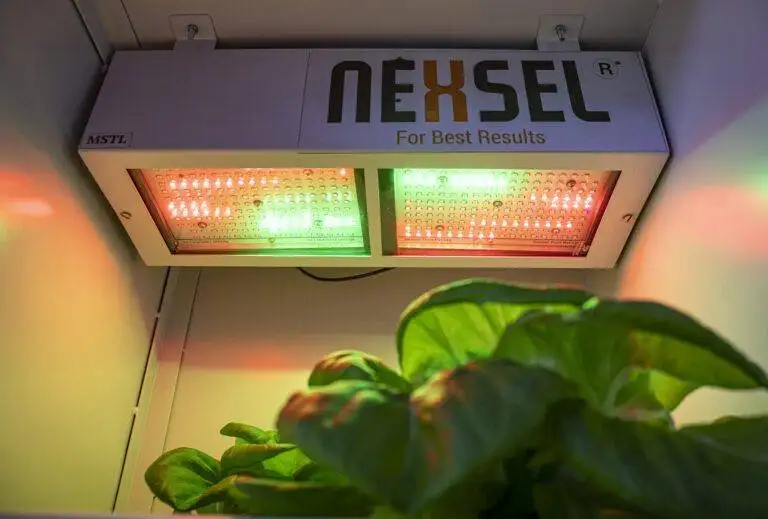
Enquire Now
Quick Link
Other Links
Design & Developed By VBTEK

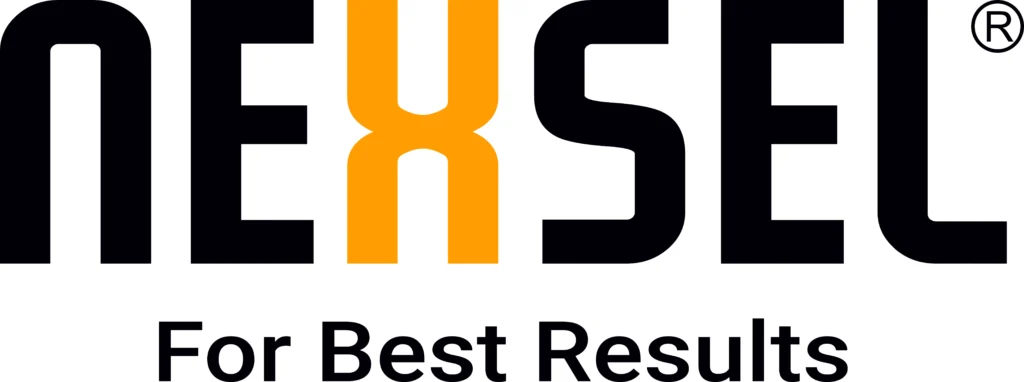
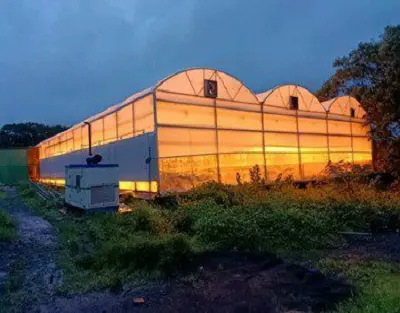
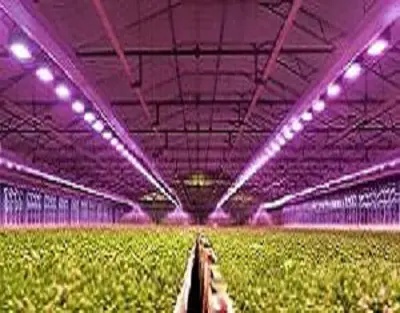
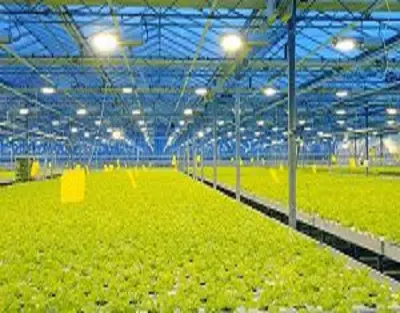
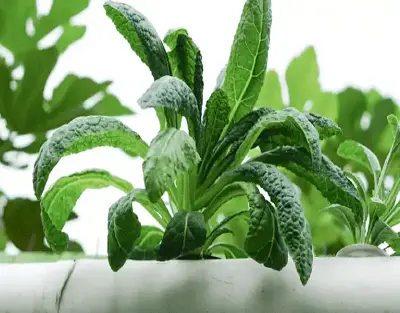
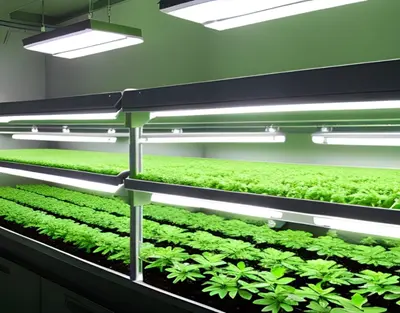
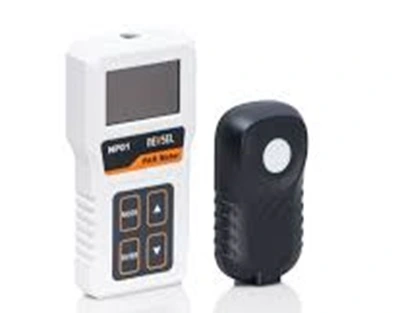
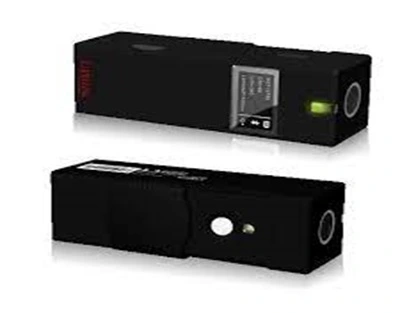
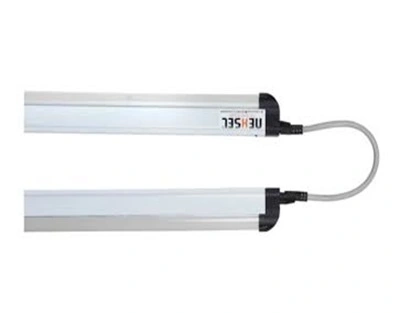
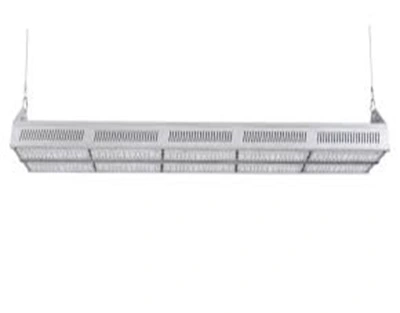
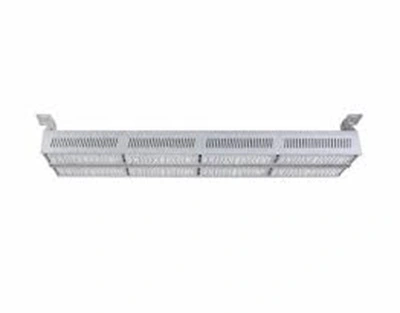
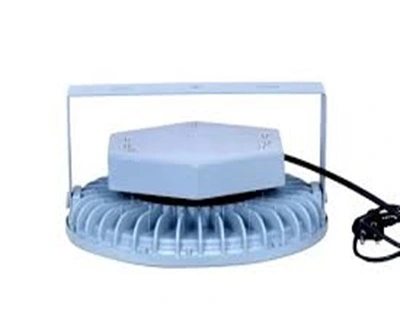
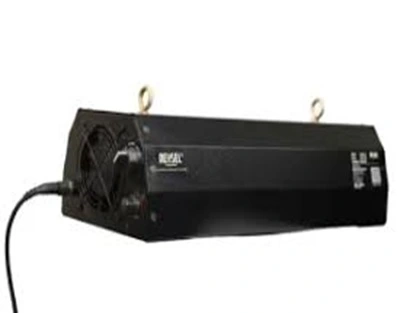

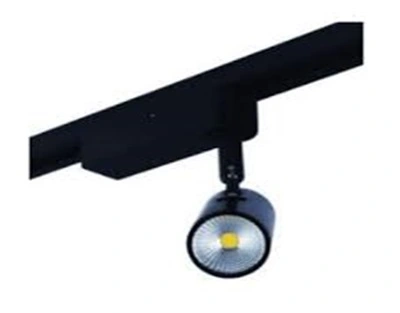
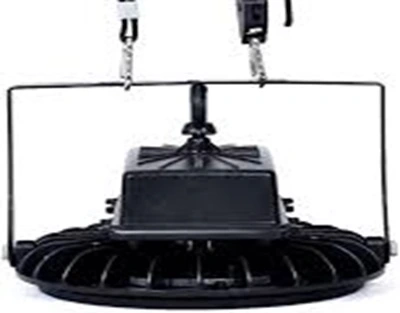
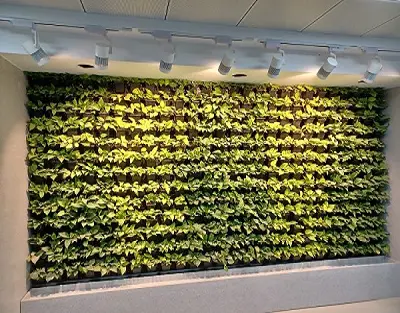
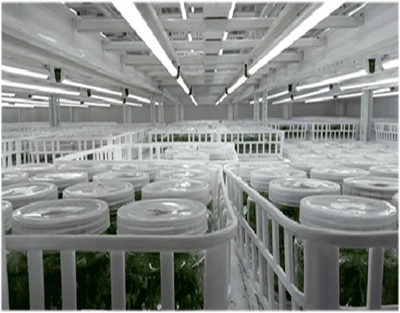

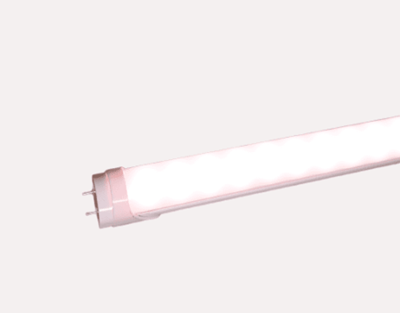
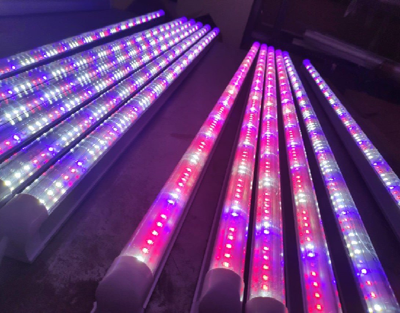
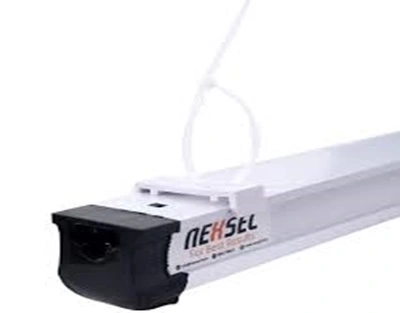
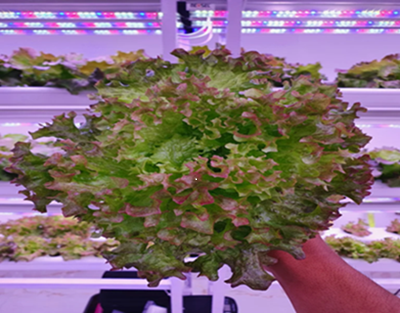
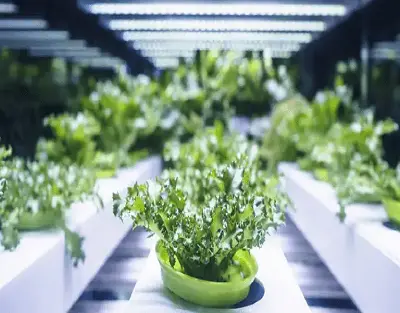
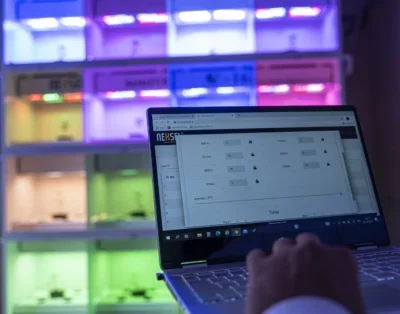


Leave A Comment